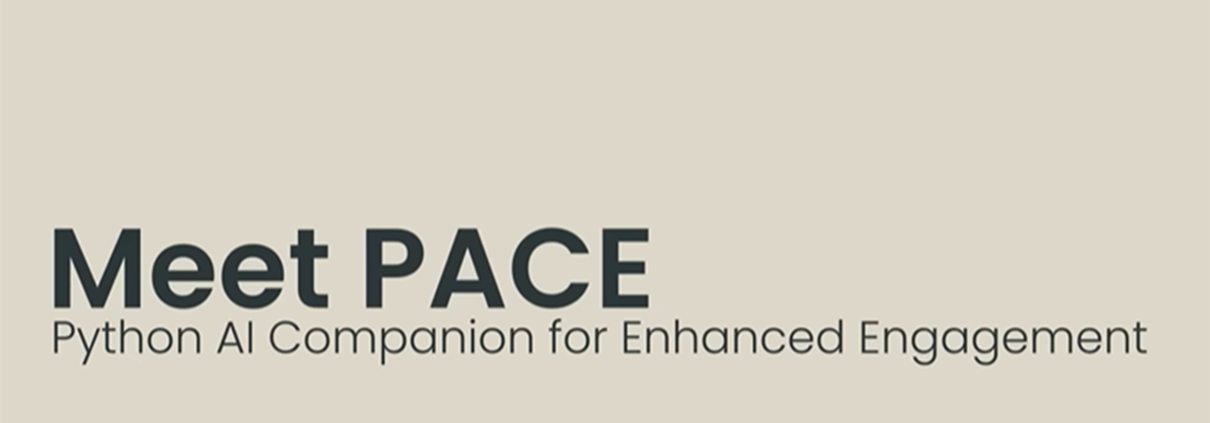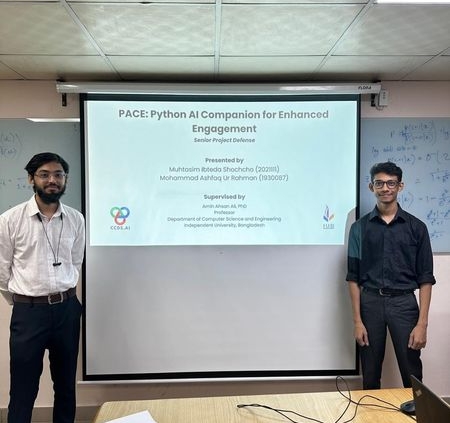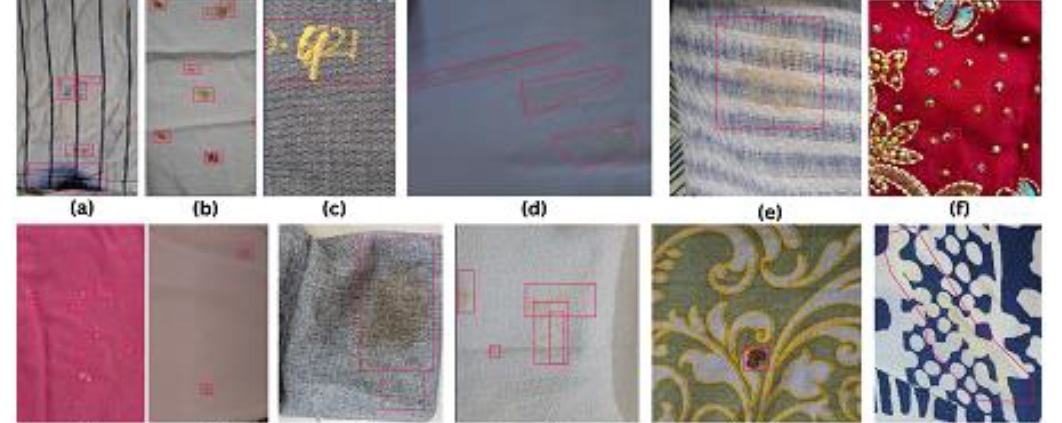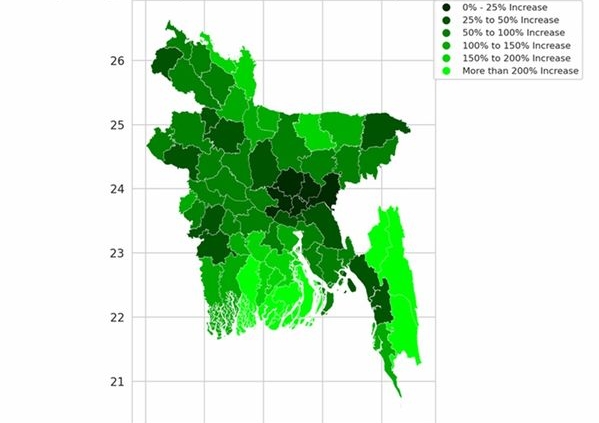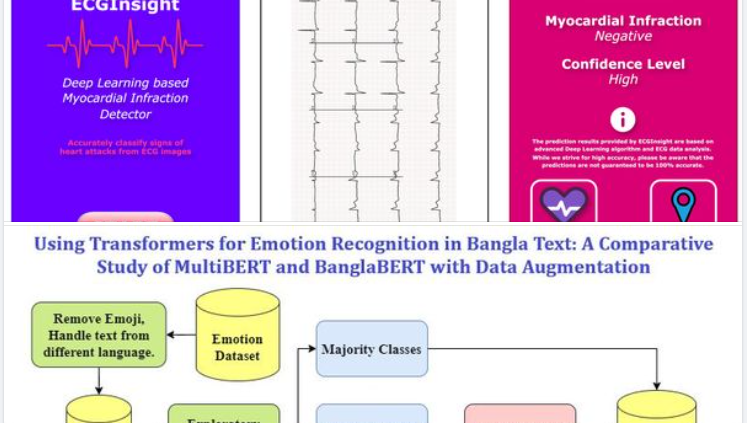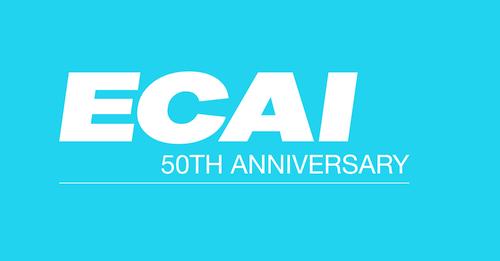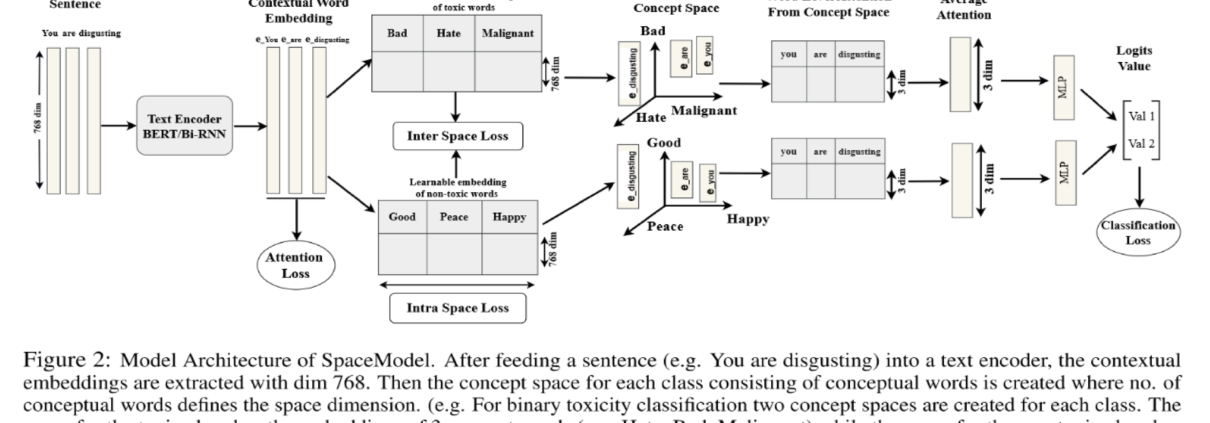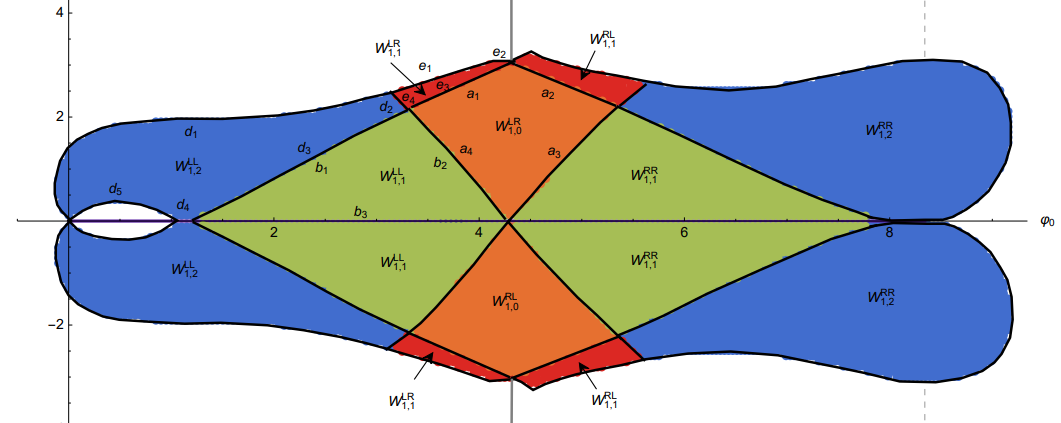Our paper got accepted to CHI (the Top Ranked Conference on Human Factors in Computing Systems) 2025’s Late Breaking Work Track!
Our paper titled “Improving User Engagement and Learning Outcomes in LLM-Based Python Tutor: A Study of PACE” got accepted to CHI (the Top Ranked Conference on Human Factors in Computing Systems) 2025’s Late Breaking Work Track!
What gives us more pleasure is that this work came out of an undergraduate senior project. The project done was by two IUB CSE graduates Ashfaq and Shochcho and was supervised by Prof Amin Ahsan Ali. Apart from them, other coauthors include CCDS RA Rohan and Dr Ashraful Islam, Hasnain Heickal, and Dr Akm Mahbubur Rahman, and Prof Ashraful Amin.
This paper introduces PACE (Python AI Companion for Enhanced Engagement), a system leveraging Small LMs to deliver step-by-step guidance and adaptive feedback for teaching Python.
This study examines (1) the PACE system’s effectiveness in programming education according to learners, (2) learners’ trust in PACE versus traditional resources, and (3) design recommendations to enhance engagement and learning outcomes. PACE contributes to advancing cost-effective, scalable programming education.
Watch the demonstration video. [Click here…]

